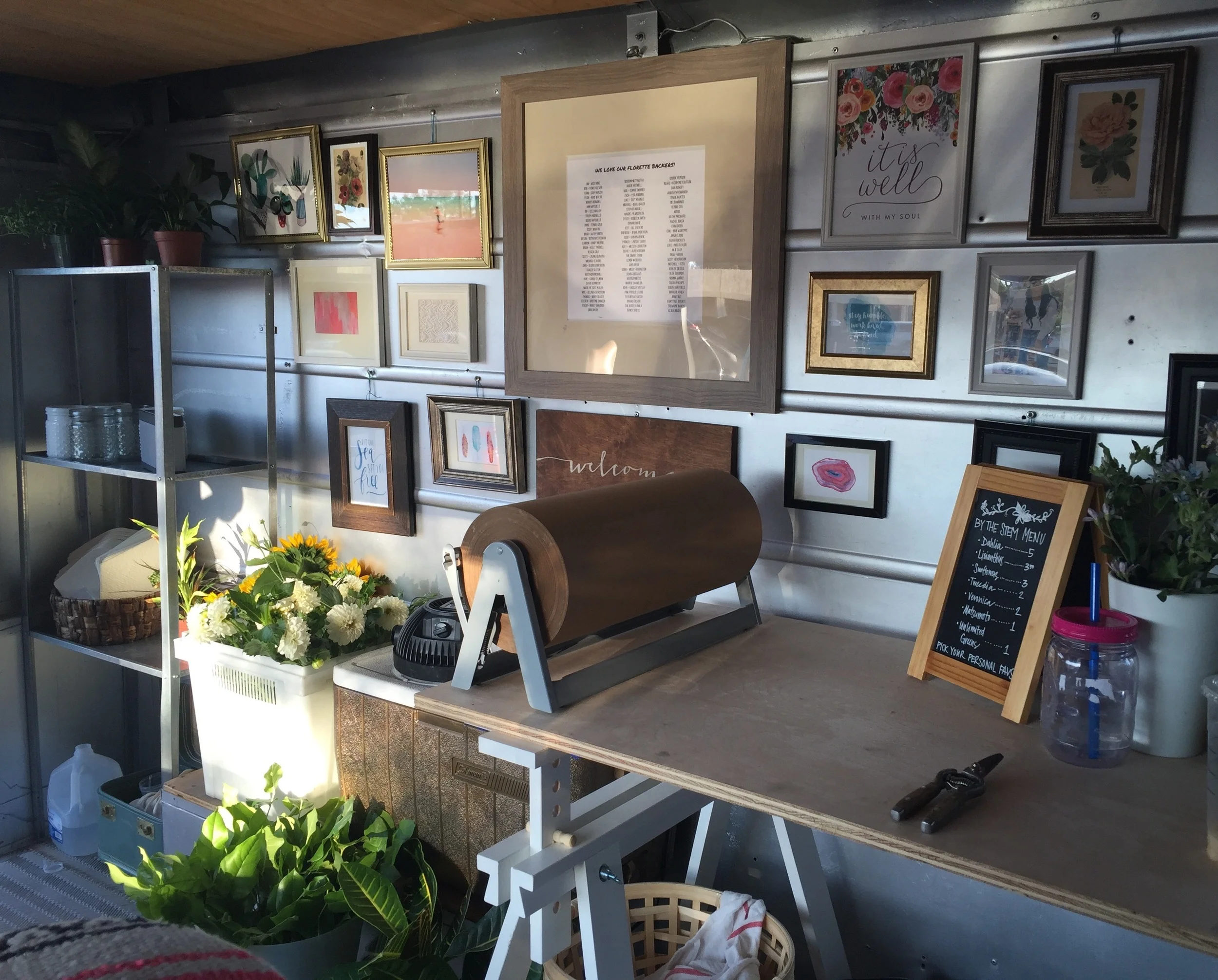Pay Yourself - A Helpful Method for Tracking Income
Photos by Sally Pinera Photography
Styling by Rebecca Gallop, A Daily Something
The easiest thing to do when you’ve started a new business is not to pay yourself. If you’re working a full-time job and have started a business on the side, it’s easy to think, “I’ll just put this money I’m making back into the business.” As long as you have that day job to fall back on, this won’t be a problem – and can certainly help with giving the business a boost in its early days. However, starting good habits of managing your business income from the very start makes it easier to adapt to the business being your sole source of income later. This also makes leaving that day job safety net a little less scary!
Here are a few tips on getting started early with paying yourself, and ensuring you’re setting aside enough for putting back into your business. Also don't forget Uncle Sam – he’s a greedy one, so you have to make sure he’s accounted for.
Get your accounts in order
The number one thing that makes paying yourself easier – get a business checking account. It makes tracking your expenses so much easier keeping business and personal finances completely separate. Your accountant will love you. You will love yourself. It will be a banking love fest. Look for banks that offer free business checking accounts without any fees.
Photos by Sally Pinera Photography
Styling by Rebecca Gallop, A Daily Something
Figure out your costs
You may think your total costs are 30% - but maybe that’s just what you’re hoping they are. Maybe they really are more like 50-60% when you’re first starting out because you’re under-pricing or over buying (or both!) Be honest with yourself and use whatever percentage is the true cost of goods to figure this out so you don't end up paying yourself more than you should be. (Other costs like business subscriptions, rent, etc. could go in a miscellaneous category separate from cost of goods.)
Divvy up your dollars
Once you’ve figured out your general percentages on the cost of goods sold, other business expenses, and taxes, you can determine the percentage that you’ll be able to pay yourself. It might look something like this:
Costs: 30%, Taxes: 20%, Business Savings/Misc. Expenses: 20%, Owner Pay: 30%
I have a Google sheet set up with formulas – I enter every payment I receive, and the sheet divides that payment up among my pre-set categories – that way I know exactly what I can afford to pay myself from the business income. It’s also a quick way to see if you’re underpricing yourself! If you know that you’ll be paying yourself 30% of every dollar you make, it’s easy to see what potential projects will be worthwhile based on the amount of time involved. I very quickly figured out that charging $75 for a single floral arrangement delivery was not in my best interest, but charging at least $200 for a single arrangement makes it feasible since my take home pay would be about $60 for roughly 2 hours worth of work.
Photos by Sally Pinera Photography
Styling by Rebecca Gallop, A Daily Something
Get an accountant
This last one I put off for so long initially. I was nervous that I would feel embarrassed that I didn’t know enough and that I was doing things all wrong when it came to my finances. I found an accountant that specializes in working with small business owners, and a huge weight was taken off my shoulders. She prepares my taxes at the end of the year, and we have periodic check-ins to be sure my estimated tax payments align with my sales. She saved me so much money in taxes last year (over $3000!). Those savings are why I was able to set my tax category in my income tracking sheet to 20% (I used to have it set at 30%, which was way over what I truly needed to set aside). This amount, of course, will vary based on your county, state, and locality — so you’ll need to do a little homework to figure out your tax responsibilities.
Bonus tips
Create separate accounts for your business and tax savings. Moving that money out of your regular business checking account will prevent you from over-spending. You might think you have extra money for a workshop or new cooler when you need that money for taxes!
Photos by Sally Pinera Photography
Styling by Rebecca Gallop, A Daily Something
Streamline tracking your expenses by using online software. There are lots of free options available that link with your bank accounts and enable you to categorize all of your incoming and outgoing payments. Wave is a great free option that I used for a while before switching over to Quickbooks Self-Employed (which is just $10 a month). Both programs have many of the same functions – categorizing expenses, sales reports, etc. For me, the Quickbooks app is more simplified and user-friendly and focuses on tracking for taxes. The tax summary reports from the app I was able to provide my accountant for end of year tax preparation further enhanced our love fest.
Lastly, always look for areas to adjust. Nothing is set in stone if you’re divvying up your dollars in the method outlined above — except maybe taxes! Seeing the numbers and how a few tweaks can affect how much you’re able to pay yourself can be a great motivator for scaling back on expenses, being smarter about purchasing, and charging fair rates for the work you’re doing. Don’t be afraid to get intimate with your numbers to ensure long-term success for your business and your paycheck!










